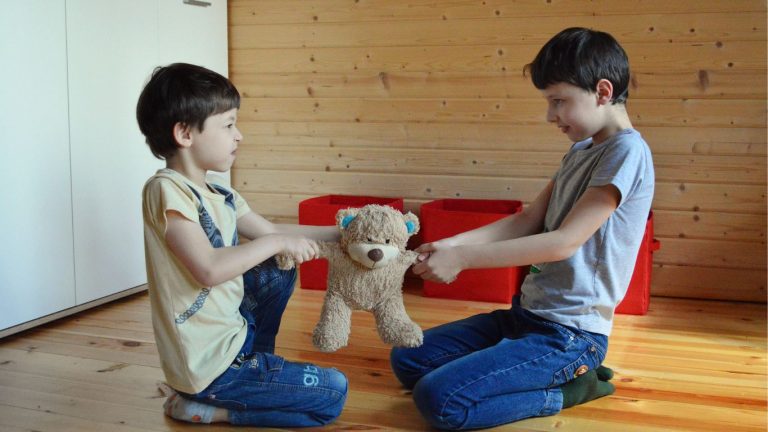Getting ready to go back to school holds excitement and anticipation for some students and pure dread for others. Those children who have all of their “learning equipment” up and running are rested and rearing to go. But for many others, the 10 – 20 % of children with learning difficulties, the thought of school brings anxiety and stress.
Parents of these children often ask “Why does school have to be such a struggle? What has happened to my child?”
One mother wrote to me recently that in the three years her 8 year old daughter Lilly* has been at school, “she has gone from this confident, bubbly child who came home from school every day still full of energy to a clingy, anxious child who now dislikes school and is prone to outbursts of anger and frustration ”.
What has happened is that Lilly has “ hit the wall “. The first two years of school are relatively easy for a bright child to cruise through, with more informal learning techniques and less structure . By the age of 8 however teaching strategies are more formal, learning tasks more structured and the children are expected to be able to sit still and concentrate for longer periods of time. If a child’s learning equipment is not well established, learning suddenly becomes a huge struggle.
A developmental assessment of this lovely, bright child revealed that several of the foundation stones needed for learning were simply not in place. As an infant she walked very early at 9 months. In addition a bouncinette and jolly jumper were used which further reduced the amount to time she spent on the floor as an infant.
As a result she did not spend enough time on the floor as an infant. She has a cluster of retained primitive reflexes which should have disappeared before the age of twelve months. They are removed by rolling, creeping, rocking and crawling on the floor. If they remain past this time, even in a small way, they trigger the primitive part of the brain which is concerned with survival. When this occurs the child’s brain switches immediately from frontal cortex mode to primitive, survival mode.
When this child gets to school, the spelling words on the board become irrelevant whenever these primitive reflexes are triggered ( mostly by movements of the child’s own head) .The child’s body simply has to move. Learning is inconsistent and does not make it into long term memory because it is being frequently interrupted. Lilly was observed during the academic portion of the assessment wiggling on her chair, sitting sideways, sitting with one leg on and one leg off the chair , with her head propped up by her hand and even standing up at the desk to do her mathematics test.
What can be done? Luckily a developmental movement therapy programme will remove these barriers obstructing her learning. By revisiting the early movements in a systematic way, these primitive reflexes can be removed. The child is then free to concentrate and learn. Then, instead of feeling anxious and stressed she will be excited about going back to school. And that is how it should be for all children.
* Name has been changed to protect privacy.





